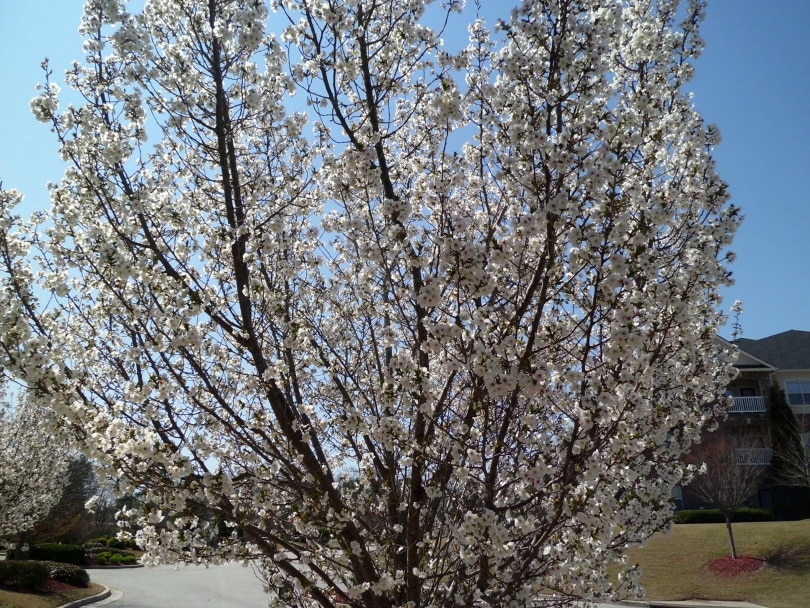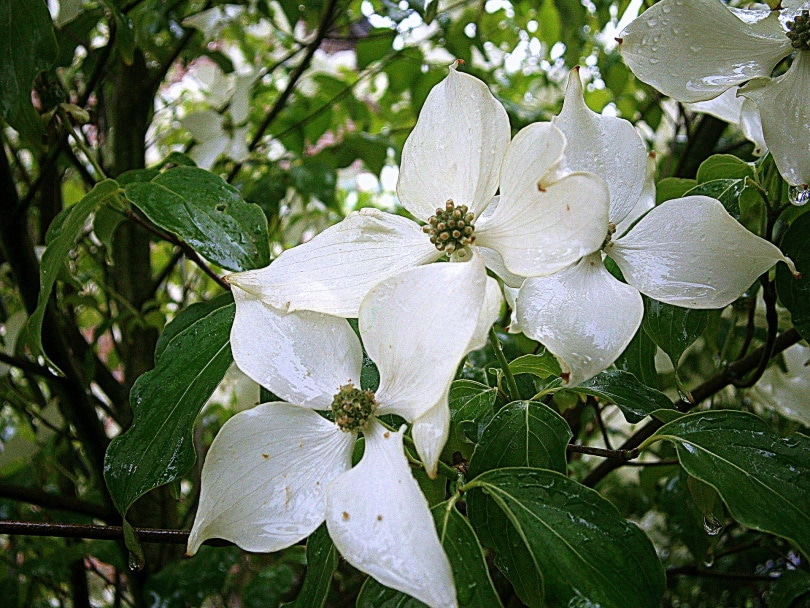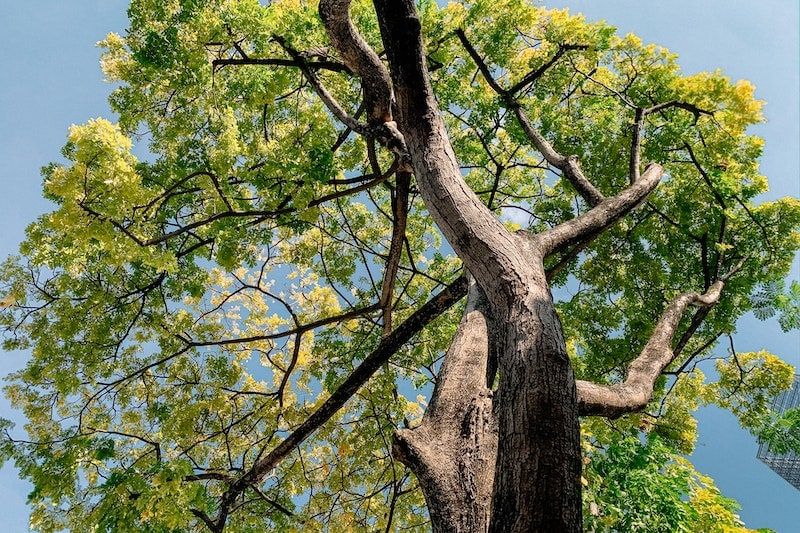13 Different Types Of Dogwood Trees (with Pictures)
-
- Last updated:

Dogwoods are a genus of shrubs and trees that include some of the most popular and beautiful flowering trees in the US. However, not all of them share the same beautiful properties and while some are suitable for planting in your yard, not all of them are. Below, you will find a list of 13 of the most common and noteworthy of the genus, including four species that are commonly found in gardens.

The 13 Different Types of Dogwood Trees
1. Flowering Dogwood

The flowering dogwood is the species that most people associate with the name dogwood. It is a small tree, growing to around 20 feet tall, that sheds every year and has pink, white, red flowers. The flowering dogwood usually blooms in early spring and the leaves turn a striking red in fall. The state tree of North Carolina does well in acidic soil and enjoys some shade. The fruit of this tree is mildly toxic and it can suffer from dogwood anthracnose; treating this condition is as easy as pruning the affected branches.
2. Kousa Dogwood

The kousa dogwood is commonly found in yards and gardens. It is a flowering shrub that is native to eastern Asia, hence it is also known as the Japanese dogwood. It produces a lot of white or yellow flowers in spring and red berries during the summer season. Growing to 15 feet tall, the shrub not only has attractive flowers but has a textured bark that can be shown off by pruning away lower foliage in preparation for winter.
3. Pacific Dogwood
The Pacific dogwood, or mountain dogwood, is a tall deciduous tree that grows to heights of 50 feet or taller. It can suffer anthracnose and some local authorities do discourage its planting for this reason. Native to western areas of North America, the mountain dogwood can be grown in dry areas and it produces large white flowers in summer, orange leaves in fall, and orange berries.
4. Cornelian Dogwood

The cornelian dogwood, also called the cornelian cherry, is a small tree that grows to approximately 15 feet and gets its name from the red cherry-like berries. The berries can be eaten when ripe and are commonly used to make jams and pickles. Yellow flowers are produced in early spring.
5. Canadian Bunchberry
The Canadian bunchberry, which may also go by the simpler name of bunchberry, is a low-growing shrub that can spread rapidly if not controlled. It has white flowers and produces red berries. The berries are edible, and the plant enjoys partially shady conditions.
6. Common Dogwood
The European dogwood, or common dogwood, is native to parts of Asia and Europe. It is a shrub that can grow to heights of 10 feet and gives white flowers in spring and dark blue fruit. The common dogwood can take over planting areas so it will need regular pruning to keep it under control.
7. Gray Dogwood
The gray dogwood is named for the color of its bark, which is an orange color when new but turns gray as it ages. This is another shrub that spreads via rhizomes, so you may find several bunches of the shrub in different areas of the garden. It has white flowers that lead to white berries. The berries are inedible to humans.
8. Giant Dogwood

As its name suggests, the giant dogwood is a huge dogwood tree that can grow to heights of 50 feet or more. It is native to the Himalayas and parts of Asia and has dark green leaves that turn purple in fall. In their native countries, they are often found in parks and communal areas because their size and attractive looks mean that they attractively fill a large area.
9. Pagoda Dogwood
The pagoda dogwood gets its name from the flat crown that forms in the shape of a pagoda. It usually grows as a shrub, reaching around 10 feet tall, but with pruning, it can be convinced to grow to heights of 15 feet. Unlike other species, the pagoda dogwood, or alternate leaf dogwood, has alternative leaves rather than directly opposite. This dogwood has white flowers and enjoys full or partial sun.
10. Stiff Dogwood
The stiff dogwood is also known as the swamp dogwood because it grows well in moist and boggy areas like swamps, although it could also get its name from the somewhat unpleasant smell of the white flower clusters. The swamp dogwood may grow to 10 feet tall, sometimes reaching heights of 15 feet if it is left unpruned. Despite the bad-smelling flowers, the stiff dogwood does enjoy stunning blue berries and red fall leaves.
11. Red Twig Dogwood
The red twig dogwood is native to North America and is easily spotted against frosty and snowy conditions because its bark turns a bright red during the winter months. It has white flowers, grows to approximately 10 feet tall, and is popular with birds that enjoy dining on its white berries.
12. Yellow Twig Dogwood
The yellow twig dogwood is a shrub that grows to around 8 feet tall and is considered visually striking for its attractive yellow twigs. It has small white flowers that emerge during spring and the whole shrub turns green in summer before transitioning to yellow in winter. It is a popular shrub for front yards and gardens, especially in front of windows where it can be used to provide some privacy while putting on a colorful show.
13. Rough Leaf Dogwood
The rough leaf dogwood is a heavy grower that wants to spread and uses its sucker growth to do so. You can manage this by removing suckers as soon as they appear, and the 15-foot plant will do well in partial shade but will offer more berries and flowers if planted in an area that benefits from full sun coverage.

Conclusion
Dogwoods vary in height, color, and native country, but the flowering dogwood is the one that most people think of when they hear the name. Most species enjoy full sunlight, although some do well in partial shade, and the variety of flowers and berries means that you can find one to suit any outdoor area or planting design.
Looking for more plant types? Take a look at:
- 12 Different Types of Rosemary Plants
- 17 Different Types of Indoor Palm Trees
- 13 Different Types of Bonsai Trees
Featured Image Credit: Dariush M, Shutterstock
Contents

